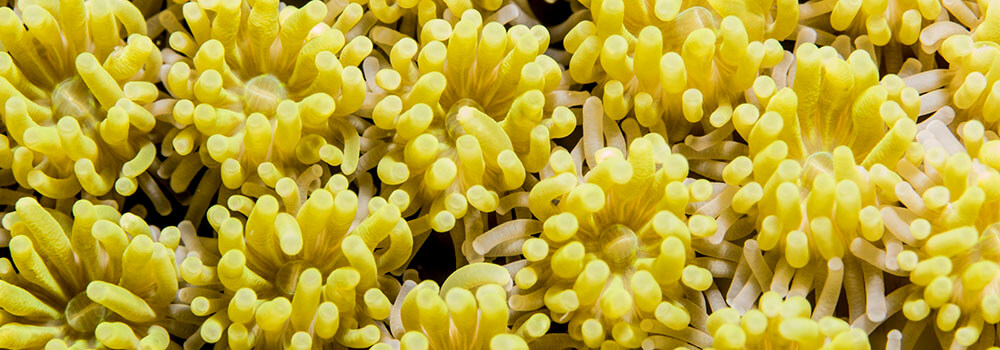
Extreme zooxanthellae
Here is a really interesting study on coral and their symbiotic algae, zooxanthellae (read about it here). Scientists are trying to understand the relationship between coral and their symbiotic algae in the Persian/Arabian Gulf (PAG), where water temperatures average 36 degree Celsius (97 degrees F).Unlike our last blog (read it here) that referenced work to prevent high temperatures across the planet by making artificial adjustments to the atmosphere, one angle resulting from this study is to introduce the symbiotic algae from corals in the PAG into corals throughout the Indian Ocean in the hope that the PAG-algae will be able to operate normally and protect corals during periods of unusually high sea surface temperatures (during a bleaching event where temperatures may reach 34 degrees Celsius or 95 degrees F).
Though it sounds like a great idea, and fairly straight forward, corals and zooxanthellae in the PAG not only had to adapt to higher temperatures, but also higher salinity levels. Salinity is measured in parts per thousand (ppt) and the average measurement in the PAG is 48 ppt whereas the average in the Indian Ocean is 34 ppt. In their study, algae from corals in the PAG that were exposed to the same temperature, but lower salinity (to match that of the Indian Ocean) lost their ability to cope with the high temperatures. A very cool and meaningful study, and the following statement is not meant to detract from its importance, but it does reinforce the need to address the causes, rather than figuring out how to tinker with nature.
